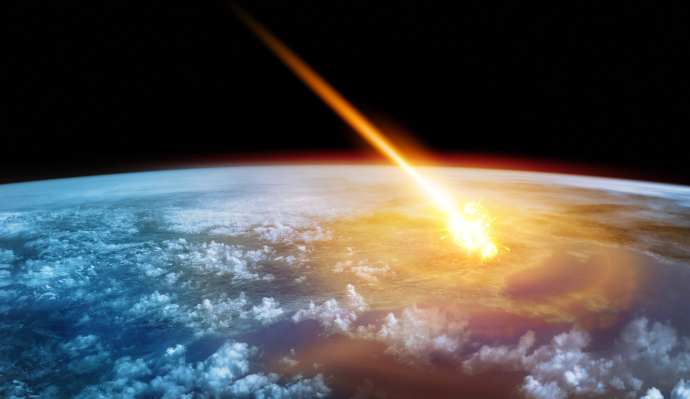 When we talk about an asteroid whose size is threatening to us tiny humans, most people think of a rock-like object large enough to wipe out most terrestrial species, as it would have done about 65 million years ago. for non-avian dinosaurs (modern birds are considered avian dinosaurs and have partly survived). In movies like Don’t Look Up and Deep Impact , such incidents are far more common than in real life. In fact, Earth has experienced only one of these events in the last hundreds of millions of years:
When we talk about an asteroid whose size is threatening to us tiny humans, most people think of a rock-like object large enough to wipe out most terrestrial species, as it would have done about 65 million years ago. for non-avian dinosaurs (modern birds are considered avian dinosaurs and have partly survived). In movies like Don’t Look Up and Deep Impact , such incidents are far more common than in real life. In fact, Earth has experienced only one of these events in the last hundreds of millions of years:
Scientists who take it upon themselves to prevent such an event say they are far more concerned about smaller events that won’t end humanity in an instant, but could hamper food production for years and kill billions, as reported in 2023 James Garvin at the Lunar and Planetary Science Conference in Texas. Few of the asteroids that orbit closer than Mars are the size that killed off the dinosaurs , and comets this large rarely pass this close to the Sun. But space objects with a diameter of about 1 kilometer are much more common and, of course, also much less harmful:
Even if one of these asteroids were to crash into our planet, causing a local disaster, its global effects will generally be shorter . However, we have yet to see a large meteor actually fall to Earth during one civilization, pushing the limits of Earth’s productive capacity. If such an object were to hit land, it would leave a crater at least 25-35 kilometers wide. To estimate how often this happens, planetary scientists have used three methods. They looked at the number of known objects with Earth-intersecting orbits, counted craters that had recently formed on Earth of the appropriate size, and performed a similar lunar crater count:
Lunar data is considered much more reliable, as there is no erosion or clogging of forests or oceans. Fortunately, the compatibility of all three calculations provides comforting data with about 1.5 collisions in a million years . But it sure is a lot scarier than once every few hundred million years. The oldest of the extant craters studied by Garvin is estimated to be 1.05 million years old . And these are the only craters we can find. There are probably three in the ocean for each on land, and if there was a crater under Antarctica , we might not have found it either. Even on inhabited continents, some may go unnoticed. Ghost, one of four studied by Garvin, was detected in just 2019, hidden beneath the Central American rainforest :

In theory, all of this would mean that even most of the large meteorites – bar a few – didn’t cause mass extinctions. However, Garvin says there are some warning spots , and he hasn’t traveled to the area to survey the craters. Also, although this study was presented at an expert conference, it has not yet been published in a peer-reviewed journal.









